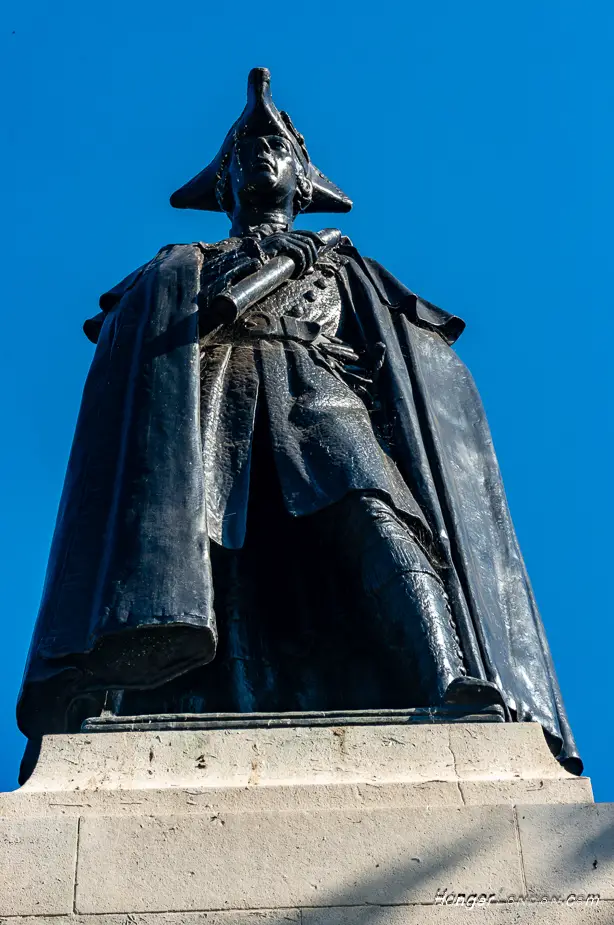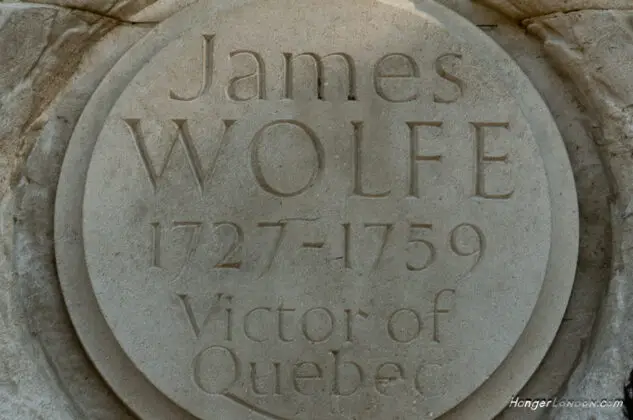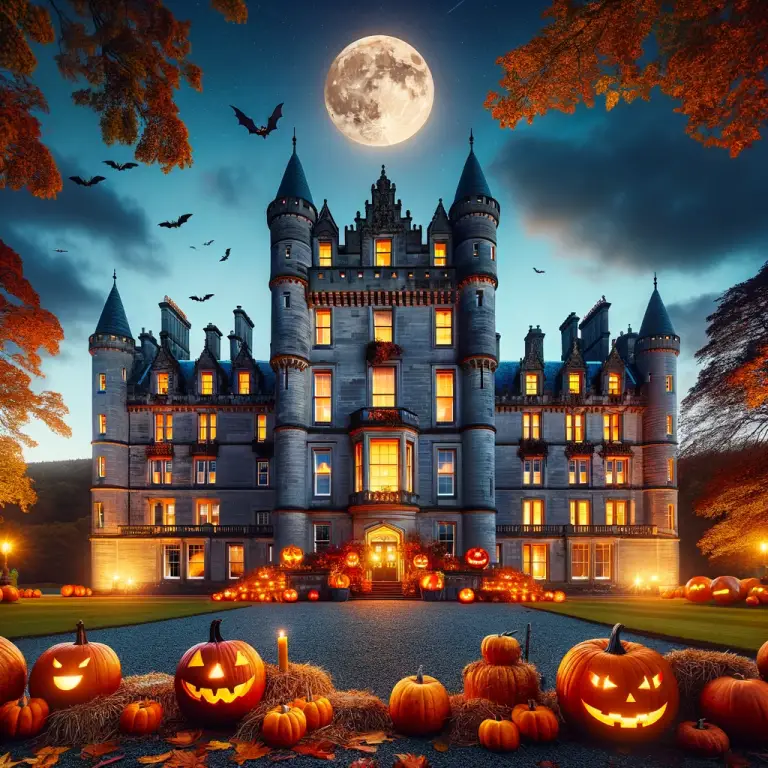2/1/1727- 13/9/1759
Who was James Wolfe
James Wolfe was the most celebrated British Army officer of his time, best known for defeating the French in Quebec Canada. The the son of Edward Wolfe, a military man and well respected General in the British army.
James was born in Westerham Kent, in a house you can still visit today, as it belongs to The National Trust, look up the aptly named “Quebec House”. The visit is a wonderful journey in James Wolfes life and military career. at the top of the impressive steps can be found James Wolfe personal luggage chest. To think that very box was carried on horse and cart to the docks, loaded onto a Royal Navy Frigate and sailed the North Atlantic to Canada in the 1700’s, and in the 2020’s you can stand right next to it.
1738 Wolfe’s family moved to Greenwich, it is in Greenwich Royal Park where you can find the impressive James Wolfe statue, wonderful view over London. His statue is surrounded by tourists all year Round, who rather seem to be unaware of it using the base as a seating area and meeting point.
James Wolfe Statue Greenwich


Key Military facts: James Wolfe
Early on in his career he served in the War of the Austrian Succession, impressing his superiors for his performance during the Jacobite rising of 1745.
He continued to serve in the Scottish Highlands, until the next outbreak of war in 1756 known as the “Seven Years War”.
William Pitt gave James Wolfe a 2nd in command post to deal with the Siege at Fortress of Louisbourg Canada. Success in this campaign promoted him to a commander and onto the biggest campaign of his career, capturing Quebec City in the Battle of Quebec also known as Battle of the Plains of Abraham. A war between the British against the French. On the 13th September Wolfe was killed during the peak of this battle. He became immortalised as a hero for the 7 years war and is in a painting entitled the “Death of General Wolfe”. The Artist was Benjamin West. 1770 Oil on Canvas and is in the Canadian National Gallery of Canada in Ottawa.
“Wolf, the dauntless hero, came”
Wolfe also appears in the lyrics of a Canadian song, “The Maple Leaf forever, ” that almost could have made it as a national anthem. The song was written by Alexander Muir 1867. The Same year as Canada’s confederation It is favoured by many but considered more a British patriotic song, than inclusive for French Canadians. Muir did revise lyrics and include a symbol of France the Lily, “Fleur-de-lis”. Initially, he was inspired by the Maple tree at Maple cottage in Toronto where he lived.
Part way through the link below, it will play the Song Muir Wrote, there is some background information too.
London Statues
Next time you are in Greenwich, up on the hill, have a look out for James Wolfe Statue, also in Greenwich there is a school named after him, with a speciality for teaching deaf children, as well as being a mainstream Primary school.




